The Fitbit Sense is their new top model. It’s a new premium product line bumping Versa down into the mid range of Fitbit devices. The Sense features the world’s first electrodermal activity (EDA) sensor on a smartwatch to help manage stress, along with a new ECG app (EDIT: finally approved for Australia 26/08/2021) as well as all the Versa 3 features.
Unboxing
Inside the box you’ll find the new Fitbit Sense, a long and short band and a new magnetic charger.
As you can see by the photo gallery above the Sense (right) looks almost the same as the Versa 2 (left). Wi-Fi is used during setup which needs a 2.4ghz network.
What is it like to use day to day
Fitbit has always had the best fitness watch sensor data especially for sleep and the Sense continues this tradition.
Battery life is also a market leader massively better than the Apple Watch or any Google Wear powered watch. My Sense was fully charged 9pm 1st October. It showed a 25% battery warning on 8th October 5pm which is almost 7 days later. This was with no GPS use and with always on screen turned off. If you use the always on screen the battery life will fall to a couple days. Constant GPS use will flatten the battery within 12 hours.
The magnetic charger is a much improved way of charging to how the Versa charged in a clamp and it’s much easier to change the watch band compared to the Versa 2.
Recharging via the new magnet is quite fast. It was 7% at 520pm 10th October when I started recharging, up to 45% after 20min. 82% after 40min and 93% after 50min. This means you can either charge the watch while you’re in the shower each day or not worry about it for a week or so.
The Sense has a microphone which you can use to answer text messages and tell Alexa what to do. Unfortunately you can’t use the microphone to answer calls directly from your watch, that is “coming soon”. Disappointingly Google Assistant voice command functionality is also “coming soon” — limited Alexa functionality is enabled.
Fitbit Pay is built into the watch, I have used it previously on the Versa 2 but now I have a different card that isn’t supported by Fitbit Pay so I can’t pay using the Sense. The Fitbit apps list is still quite sparse compared to Google and Apple watches eg: music control is only Pandora, Deezer and Spotify.
The Sense automatically recognises your exercise types by itself but if you want more data and a map you need to manually tell it what you’re doing before you start eg: cycling. During a manually-started outdoor walk workout the watch lost GPS twice and it took a while to lock on initially. GPS onboard is a new feature. The Versa 2 relied on your phone being with you while exercising outside to keep track of your path.
As with the Versa the Sense is linked to your phone via Bluetooth and responds at once to show incoming messages, calls notifications etc. On an Android phone you can see messages and can reply directly from watch via canned responses or voice to text replies.
What needs to be better
Sense is almost same shape as Versa 2 but Fitbit have removed the physical side button which the Versa 2 had and made it a pressure sensitive button. I don’t like this decision because it doesn’t respond to presses reliably and it’s under the edge of the watch which can be difficult to reach.
The new strap design, which tucks the end into a hole in the band, is also annoying as it catches on arm hair.
The new blood oxygen monitoring SPO2 sensor only works if you use one specific clock face all the time including while you sleep. This is bad design, Fitbit says they will make this easier soon.
The built-in clock faces for the Sense are pretty basic in terms of what data they show and there aren’t enough free ones offered by Fitbit which show useful stats. There are still only 5 clock faces allowed to be saved for easy switching directly on the watch and switching can take 30 seconds. Both of these are disappointing weaknesses.
There are third party clock faces but when the Sense was launched there were few which were compatible with the new screen resolution. If it looks familiar yes the watch face I chose is inspired by classic Star Trek.
Fitbit still hasn’t included a built-in way to pay for watch faces so you have to go to the watch face designer website or donate via Paypal etc to get the new face enabled. Make this better Fitbit.
Fitbit recently announced that they have more than half a million paying subscribers for their Fitbit Premium service.
Sense buyers get 6 months of Fitbit Premium included. Members get a more detailed breakdown on how their scores are calculated, which consists of over 10 biometric inputs, including exertion balance (impact of activity), responsiveness (heart rate, heart rate variability and electrodermal activity from the EDA Scan app), and sleep patterns (sleep quality).
I don’t personally find Fitbit Premium very useful for me but if you’ve quit the gym because it’s possibly a COVID spreading risk then maybe $14.99/month may be worth it for you after the free trial is finished.
Specifications compared: Fitbit Sense vs Versa 3
| Fitbit Sense | Fitbit Versa 3 | |
| Shape | Square with rounded corners (Squircle) | Square with rounded corners (Squircle) |
| Materials | Aluminum and stainless steel | Aluminum and stainless steel |
| Display size, resolution | AMOLED | AMOLED |
| Always On | Yes | Yes |
| Interchangeable bands | Yes | Yes |
| GPS | Yes | Yes |
| Automatic workout detection | Yes | Yes |
| Water resistance | Yes, up to 50m | Yes, up to 50m |
| Calls | Yes | Yes |
| Notifications | Text replies (Android) | Text replies (Android) |
| Microphone | Yes | Yes |
| Speaker | Yes | Yes |
| Voice assistant | Alexa and Google Assistant | Alexa and Google Assistant |
| Music | Onboard (Deezer, Pandora), playback control (Spotify) | Onboard (Deezer, Pandora), playback control (Spotify) |
| Mobile Payments | Fitbit Pay | Fitbit Pay |
| Sleep tracking | Yes | Yes |
| Period tracking | Yes | Yes |
| Special features | Stress tracking and SpO2, ECG and skin temperature | SpO2 and skin temperature |
| Emergency features | N/A | N/A |
| Compatibility | Android and iOS | Android and iOS |
| Battery life | 6 days | 6 days |
| Price (AUD) | $500 | $400 |
Should you buy the Fitbit Sense?
Somewhere along the way in designing their fitness bands Fitbit decided that more sensors and more data in each new flagship model was the path to take.
This is the wrong path in my opinion.
Faced with a sea of data people will just give up. Fitbit needs more useful insights and practical automated nudges on the watch to change behaviour. Just adding more types of sensors and more data won’t help people improve their health and fitness.
When it comes to deciding whether you should buy the Fitbit Sense have a careful look at the specifications above.
Did you notice that the Sense and Versa 3 are basically identical?
Versa 3 is physically the same, costs $100 less and just lacks 2 sensors: stress measuring and the ECG. The ECG function will only be enabled in Australia if the medical devices regulator approves it. I thought the stress sensor data was mostly useless because it told me I wasn’t stressed when I definitely am because my home is being renovated and that is a tense, costly process.
If money is no object and you’re willing to pay an extra $100 for the Sense in the hope the ECG will be enabled soon go for it (approved for Australia 26/08/2021). However if you don’t care about that sensor and want the best value fitness watch data with long battery life for an Android phone then buy the Versa 3 instead.
Fitbit Sense and Fitbit Versa 3 are available to order on Fitbit.com and online at select retailers including JB Hi-Fi, Harvey Norman, Amazon, Officeworks, The Good Guys, Bing Lee and Big W.
Fitbit Sense is available for $499.95 in carbon/graphite stainless steel and lunar white/soft gold stainless steel. Fitbit Versa 3 is available for $399.95 in black/black aluminium, pink clay/soft gold aluminium and midnight/soft gold aluminium.
Disclosure Statement
Fitbit has allowed Ausdroid to keep this smart watch to track battery life and functionality over time. It will be especially interesting if firmware updates continue after Google completes it's purchase of Fitbit.

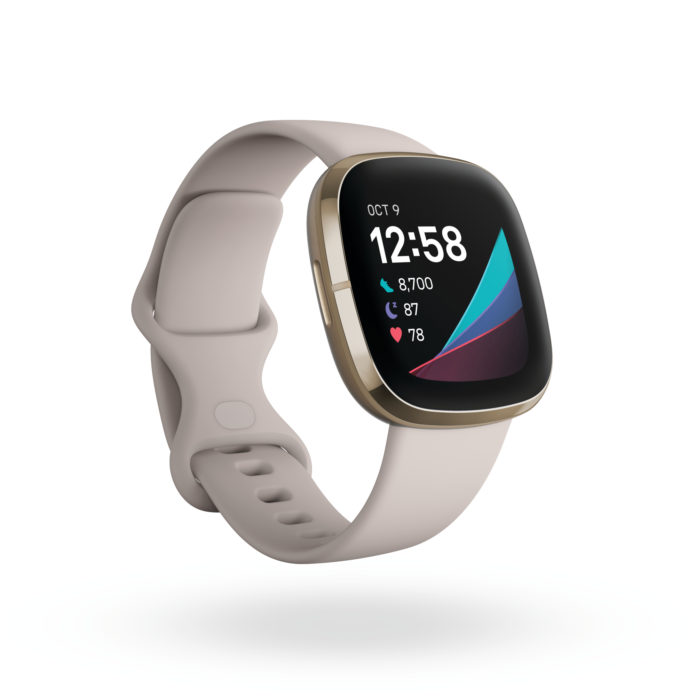
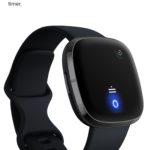
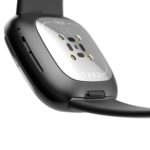
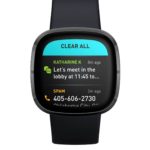
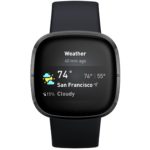
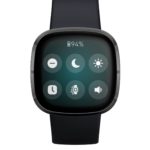
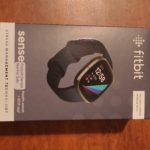
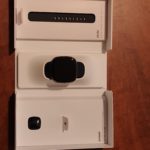
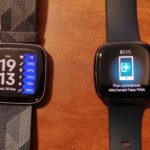
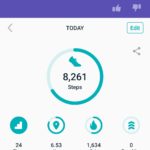
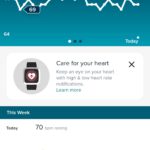

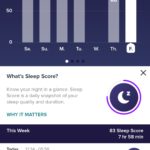
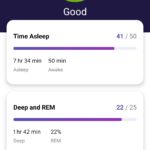
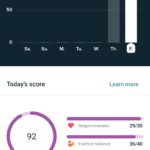

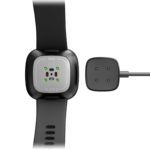

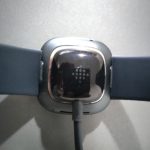
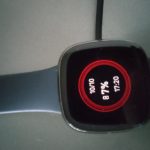
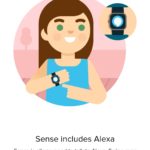

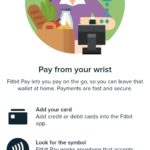



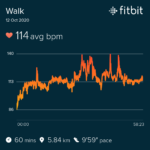
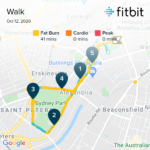
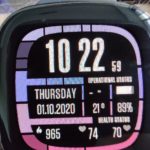
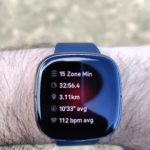


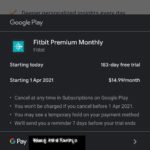



Hi, to activate ECG functionality, set up a Fitbit profile in Windows. Go to “Settings” change Country to US and press Submit. Then go to the “Apps” tile and “My Apps” and download/install “ECG” app on android phone, when done the red coloured heart icon will appear at end of apps list on watch.
Then go into “Discover” on phone and follow the instructions to set up.
You’re a genius Mr Picasso 🙂
Does not work for me. Not sure what the trick is…Any hints?
Go to Fitbit.com on a laptop or desktop
Login with the same username you use on your watch
Open https://www.fitbit.com/settings/profile
Choose “Country: United States” and whatever state you want eg Hawaii